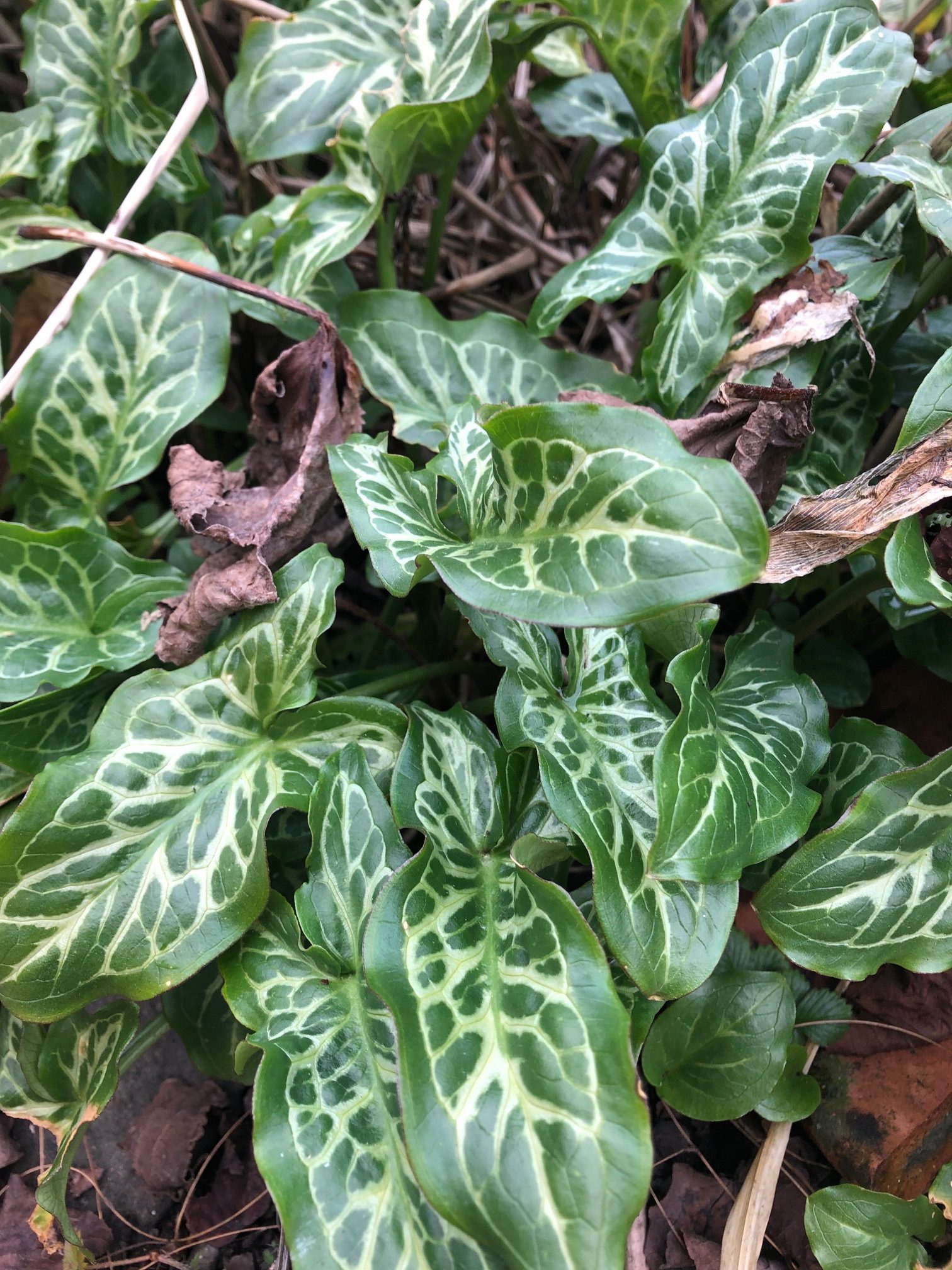Baby Range (9cm), Perennials, Rockery / Small Spaces
Cuckoo pint.
Arum italicum Pictum
Cuckoo pint. 
Lords and Ladies
Arum italicum Pictum (Marmoratum) is an interesting tuberous perennial with broad arrow-shaped, white-green marbled leaves, followed by orange-red berries in early Summer. Fruits appear in August to December.
This perennial dies back to below ground level each year in autumn, then fresh new growth appears again in spring.
SKU: ARUM-IP
Categories: Baby Range (9cm), Perennials, Rockery / Small Spaces
Tags: Arum italicum Pictum, Autumn colour, Cuckoo pint, Easy to grow, Interesting Leaves, Lords and Ladies, path edging, Rockery plant, Rockery Plants, Woodland plant
Related products
-
Rated 0 out of 5
Euphorbia amygdaloides robbiae
£9.99 Select options This product has multiple variants. The options may be chosen on the product page






